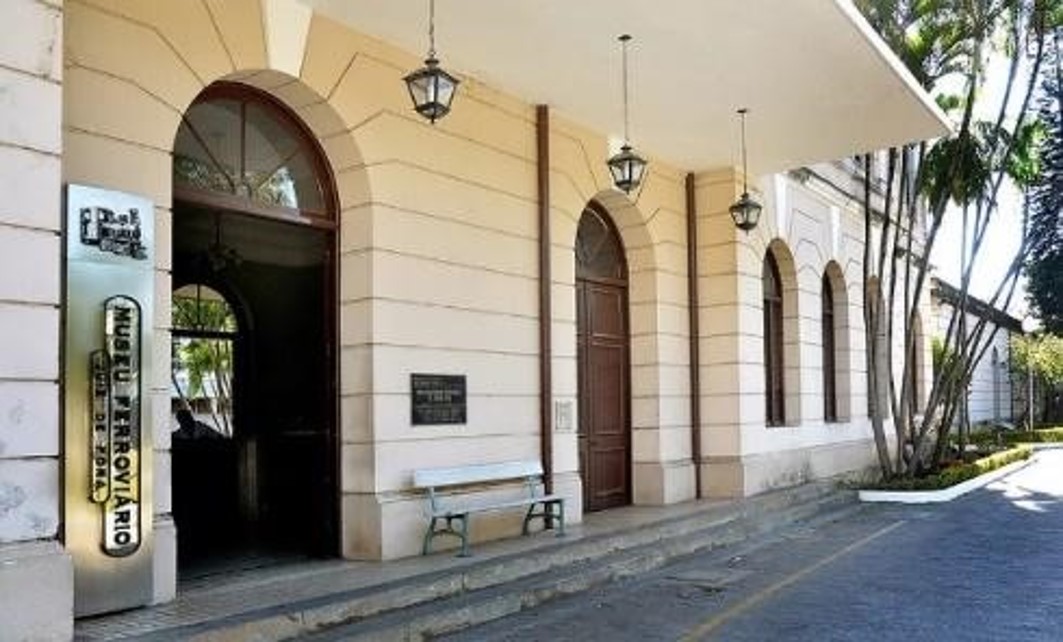Food as a Tourism Attraction:
Food Tourism policy analyzing in Iran
Keywords:
Food Tourism, Food Policy, Tourism Policy, Tourist Attraction, IranAbstract
Food tourism is one of the creative branches of tourism which plays a substantial role in sustainable development. Iran’s capacities for developing food tourism have attracted the attention of tourism stakeholders towards this field. Policies were formed in line with its improvement. This paper aims to analyze the food tourism policy in Iran. The policy triangle was used to conduct a qualitative analysis on policy. The total population under the study included various stakeholders of food tourism policy as well as the policy documents. The entire credible documents were analyzed at the first stage rather than carrying out sampling. In the second stage, semi-structured in-depth interviews were conducted with food tourism stakeholders. Results show that factors such as food culture and decreased national income have paved the way for focusing on food tourism. Policies such as global registration of Iranian foods and branding certain cities as creative food cities were implemented to develop food tourism in Iran. Despite preparing a set of strategies to develop food tourism, a unified approach to involve this branch of tourism in the agenda there has never been tried. Given the rich culture of Iranian foods' great ability, it is proposed that associated officials carry out coordinated and comprehensive planning to develop food tourism in Iran.
Downloads
Published
How to Cite
Issue
Section
License
Autores que publicam nesta revista concordam com os seguintes termos:
Os Autores mantém os direitos autorais e concedem à revista o direito de primeira publicação, com o trabalho simultaneamente licenciado sob a Creative Commons Attribution License que permitindo o compartilhamento do trabalho com reconhecimento da autoria do trabalho e publicação inicial nesta revista.
Autores têm autorização para assumir contratos adicionais separadamente, para distribuição não-exclusiva da versão do trabalho publicada nesta revista (ex.: publicar em repositório institucional ou como capítulo de livro), com reconhecimento de autoria e publicação inicial nesta revista.
Autores têm permissão e são estimulados a publicar e distribuir seu trabalho online (ex.: em repositórios institucionais ou na sua página pessoal) a qualquer ponto antes ou durante o processo editorial, já que isso pode gerar alterações produtivas, bem como aumentar o impacto e a citação do trabalho publicado (Veja O Efeito do Acesso Livre).








